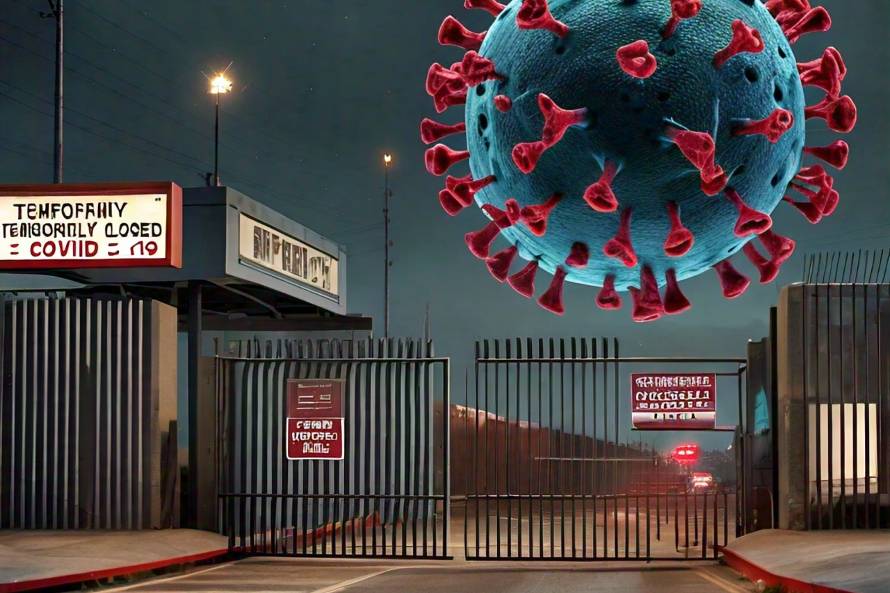A collaborative study led by researchers from the University of California San Diego and Irvine has found that closing the border between San Diego, California, and Tijuana, Mexico, during the COVID-19 pandemic actually increased the rate of HIV transmission, rather than preventing the spread of disease. The findings, recently published in the Lancet, highlight the complex dynamics between border closure, drug use, and HIV transmission.
Studying the Impact of Border Closure on HIV Transmission
The research team, led by Britt Skaathun, Ph.D., adjunct assistant professor at UC San Diego School of Medicine, studied 618 participants from October 2020 to October 2021, focusing on three different groups: people who live in San Diego and cross the border to use drugs in Tijuana, people who live in San Diego and use drugs in San Diego, and people who live in Tijuana and use drugs in Tijuana.
Subjects underwent interviews, answering questions about their demographics, drug use behaviors, sexual behaviors, sexual identity, and border crossing behaviors. Every six months, they gave blood samples and were tested for HIV and hepatitis C.
Combining Molecular Epidemiology and Phylodynamics
Tetyana Vasylyeva, D.Phil., assistant professor of population health and disease prevention at UC Irvine and senior author on the study, analyzed the spread of HIV through the virus genetic data. By combining molecular epidemiology with the questionnaire answers, the scientists found that people were crossing the border in both directions and being exposed to HIV despite government efforts to keep the border closed.
The researchers then applied advanced molecular techniques, including phylogenetics and molecular clock analysis, to identify transmission clusters and estimate the timing of cross-border HIV transmission. They found that during the 18-month study period, nine people contracted HIV, mostly during the pandemic, with all new clusters including sequences from participants on both sides of the border.
“This shows that efforts to build a higher wall or policies to stop immigration will not mitigate HIV spread,” said Vasylyeva.
The study’s findings suggest that closing the border during the pandemic functioned as a structural risk factor, increasing harm rather than preventing it. The authors believe that establishing programs to eliminate HIV transmission at the border, such as harm reduction and substance use treatment services, is a more effective way of preventing viral spread than attempting to close a porous border.
“These findings confirm that HIV has no passport,” says Gudelia Rangel, Ph.D., executive secretary for the U.S.-Mexico Border Health Commission and a co-author on the study.
Keyword/Phrase: HIV Transmission at U.S.-Mexico Border


